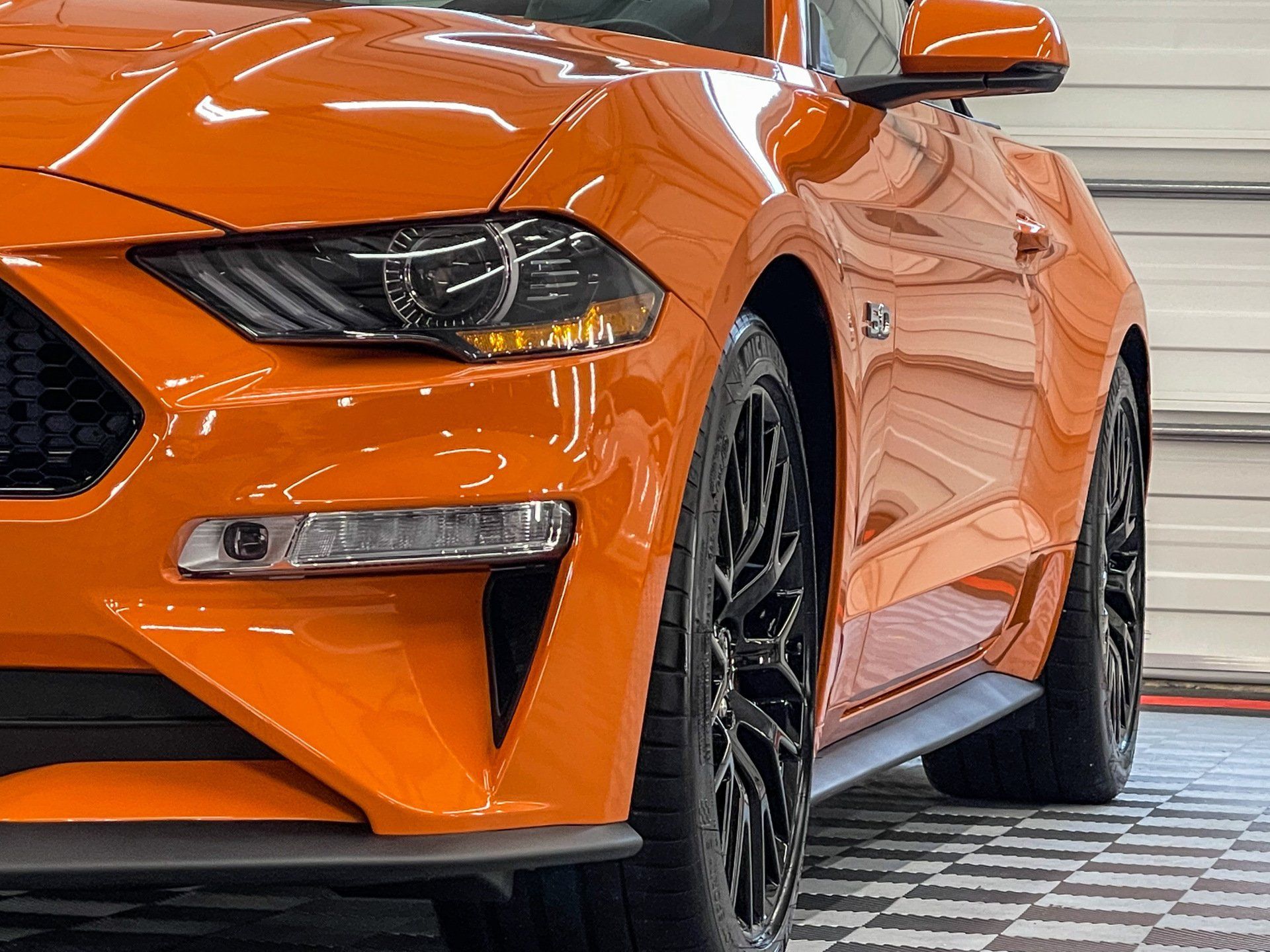When you invest in a ceramic coating for your car, you're counting on that shiny shield to protect your vehicle from the harsh elements of nature and daily driving wear. But how can you tell when that valuable layer is starting to wear off? It’s not always simple to spot the subtle signs of deterioration until they become glaring issues. Regular maintenance is key, and knowing what to look for can save you time and money down the road. In this article, we’ll explore the clear indicators that your ceramic coating may need some TLC, along with practical tips to keep your ride looking its best for years to come.
Signs that your ceramic coating is wearing off include diminished hydrophobic properties, where water no longer beads up effectively, a noticeable dullness or dirt accumulation on the vehicle's surface, and increased visibility of swirl marks or scratches. Regular inspections and maintenance can help you identify these issues early, allowing for timely reapplication if necessary.

Common Signs of Ceramic Coating Wear
One straightforward indication that your ceramic coating might be losing its effectiveness is a noticeable decrease in hydrophobic properties. Ideally, water should bead up and roll off the coated surface efficiently.
If you observe water dispersing instead of forming droplets, it may indicate that the coating is starting to deteriorate. This change not only diminishes the aesthetic appeal but also drastically reduces the protective benefits that ceramic coatings provide.
Visual Cues
Next, pay attention to the overall appearance of your vehicle. A well-maintained ceramic coating reflects light beautifully, giving your vehicle a gleaming finish. As the coating degrades, however, it often leads to a dull and lackluster look.
When you see that your car no longer sparkles, it might be time to inspect the coating more closely, as this can indicate the protective layer is breaking down.
Inspection is key, as it can save you from costly reapplications later on.
Another reliable visual cue involves the presence of contaminants adhering more readily to your vehicle's surface. If dirt seems to cling stubbornly to the paint or if you notice spots of grime that didn't wash away during your last cleaning session, consider this a red flag. The coating's ability to keep out unwanted things is deteriorating, and washing it may not be enough to restore it.
Presence of Contaminants
In addition to these visual cues, there are some subtle signs worth noting that relate to how easy or challenging it becomes to clean your vehicle's surface. Understanding these nuances can further inform your maintenance routine and keep your vehicle looking its best.
Fading Gloss Indicators
One of the key metrics for measuring the effectiveness of a ceramic coating is its gloss level. When you first apply a high-quality product, you typically enjoy a brilliant and glossy surface that reflects light beautifully. However, over time, as environmental factors such as UV exposure, pollution, and harsh weather make their mark, this stunning sheen may begin to fade.
This substantial loss in gloss might not only be visually disappointing; it also suggests reduced protective qualities.
The relationship between glossiness and your ceramic coating's effectiveness can't be overstated. As the coating wears away, it becomes less reflective, meaning that dirt and contaminants begin to adhere more readily to the surface. This creates a dull, tired appearance that not only looks unappealing but also indicates that the ceramic layer, which once protected your vehicle, is no longer functioning optimally. The vehicle may appear dirty or maintained inconsistently, signaling that it’s time for some attention.
To maintain your car’s alluring shine and protect its finish, experts recommend performing regular inspections at least twice a year. Routinely washing with pH-neutral cleaners can help prevent degradation and extend the life of your coating significantly.
Other signs to look for include:
- Hydrophobic Properties: If water no longer beads up nicely on the surface but instead spreads out flat, it’s a clear indication your coating is diminishing.
- Surface Imperfections: Noticeable swirl marks or scratches are visible reminders that your vehicle's exterior isn’t as protected as it used to be.
- Dirt Accumulation: A vehicle starting to seem dirty more quickly implies contaminants are sticking more easily due to reduced gloss.
Early detection of these fading indicators is beneficial as it not only prevents costly reapplication expenses later on but also ensures the maintenance of existing coatings, keeping your vehicle looking sharp and extending its lifespan.
Monitoring gloss levels serves as an effective gauge for assessing your ceramic coating’s overall health. If you notice a loss of vibrancy and instead encounter unimpressive surfaces, promptly taking action can significantly enhance the preservation of both aesthetics and protection. Regular upkeep can effectively rejuvenate your ceramic coating's glossy finish while safeguarding your investment—ensuring your vehicle remains not just functional but also impressively visual for years to come.
With an understanding of how fading gloss manifests and what it signifies about the state of your ceramic coating, we now shift our focus to exploring other crucial aspects that contribute to your car's surface integrity.
Increased Surface Damage
When your ceramic coating begins to wear off, it becomes alarmingly clear how crucial that protective barrier is. Imagine driving down the road, sunlight streaming through your windshield, but instead of reflecting off a glossy finish, you're met with a duller paint job showing signs of wear. Suddenly, every tiny scratch or chip becomes much more pronounced—almost as if your car is wearing its imperfections on full display.
The initial resistance against minor abrasions granted by a robust ceramic coating diminishes over time. Things once effortlessly brushed away begin to leave their mark. Maybe you noticed a light scratch that would have faded from memory after a wash. Now, it's glaringly evident and might even require specialized attention to resolve. This change isn't merely cosmetic; it can dramatically affect the overall longevity of your vehicle's paint job.
Impact of Environmental Factors
- UV Rays: Prolonged exposure to sunlight can lead to oxidation, causing those vibrant colors to fade and the paint itself to break down. Aging paint not only looks unattractive, but it can also lose its protective qualities.
- Bird Droppings and Bug Splats: These organic materials are deceptively problematic; if they sit too long on unprotected surfaces, they can etch into the paint, leaving irreversible marks that tarnish your car's aesthetic appeal.
- Road Debris: With the absence of that critical ceramic shield, gravel, small stones, and other hazards become bold aggressors against your vehicle's paint. A small stone kicked up during your commute can cause paint chips that could lead to rust if left unaddressed.
The speed at which these elements can cause havoc when the protective layer is compromised is astounding. You may not realize it immediately—perhaps it's a slow fade here, a chip there—but before you know it, you’re looking at a smattering of imperfections across what was once a pristine surface.
By understanding these factors that contribute to wear and tear, you'll be better equipped to take proactive steps in protecting your vehicle. This proactive stance will guide us into discussing what specifically causes coating deterioration next.

Causes of Coating Deterioration
Several factors contribute to the wear and tear of your ceramic coating that can compromise its protective layer, making awareness vital for prolonging its life. One significant culprit is environmental factors, such as pollution, tree sap, and acid rain. These contaminants not only ruin the aesthetic appeal of your vehicle but also degrade the coating over time. Living in coastal areas can be particularly damaging; salty air can crystallize and form abrasive particles that further erode the ceramic surface.
Environmental Factors
The environment can be harsh on your car's finish. If you’ve ever parked under a tree during pollen season or near an area prone to industrial runoff, you might have noticed how quickly your car loses its shine due to external elements. This degradation goes beyond mere visual appeal—as pollution and natural elements cling to your vehicle's surface, they can penetrate and attack even the best coatings.
When you expose your ceramic coating to harsh environmental conditions, you are essentially inviting wear.
But environmental factors aren’t the only adversaries.
Incorrect Maintenance Practices
Improper maintenance practices can lead to rapid deterioration as well. For instance, the use of harsh chemicals during cleaning can remove not only dirt but also essential layers of the coating, thereby rendering your protective investment ineffective. Abrasive pads and brushes are often marketed as effective cleaning tools, but they do more harm than good for ceramic surfaces. Even popular automatic car washes with their aggressive scrubbing methods are notorious for prematurely erasing the protective qualities of a ceramic coating.
Ideally, routine washing with pH-neutral cleaners protects any existing coatings while avoiding chemical breakdowns caused by harsh detergents.
Recognizing these pitfalls early on allows you to take proactive measures before wear becomes an expensive issue down the line. Regular inspections at least twice a year enable you to assess both the aesthetic and functional properties of your vehicle’s coatings. By treating your car gently—with soft clothes and non-abrasive soaps—you’ll help preserve that showroom shine for years to come. Putting in effort will save you time and money in the long run!
With these insights into maintaining your coating’s integrity, you'll be well-equipped to explore practical approaches that enhance longevity even further.
For detailed guidance on reapplying ceramic coatings or professional assistance tailored specifically to your needs, feel free to explore our specialized courses and services at Superior Auto Shine.
By adopting this proactive approach, you can not only maintain the optimal appearance of your vehicle but also safeguard it from everyday wear and tear over an extended period. Embrace regular maintenance and enjoy peace of mind knowing that your car is shielded effectively.

